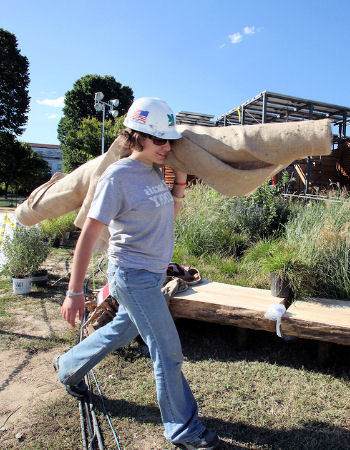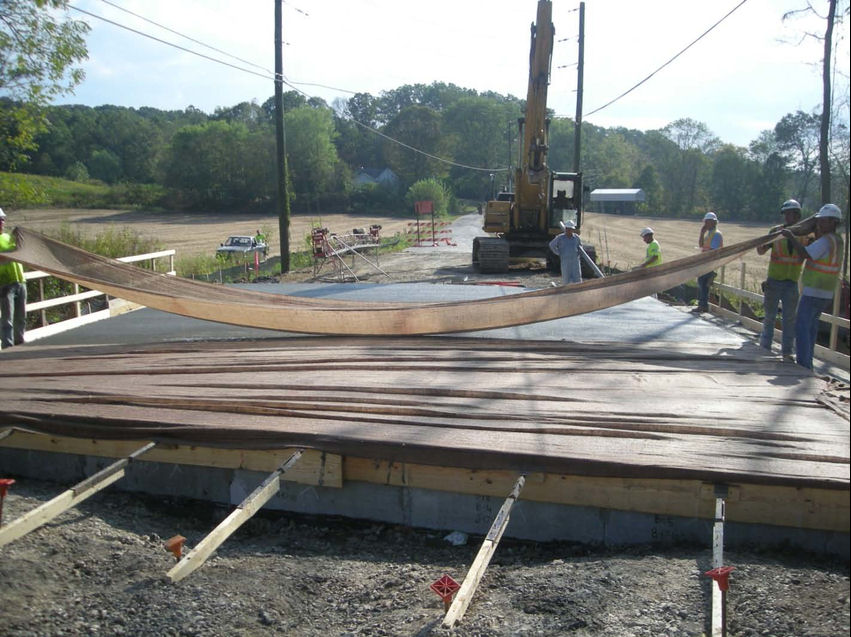
What is Concrete Curing?
Concrete Curing is the process of pouring concrete to the surface that is kept wet for it to help harden the cement. If you want to take up cement project at home, there are vital points on methods of concrete curing you should take note of so as to help you plan your structure well. For concrete curing to be effective, the initial process should be treated with care, patience, and love to enable it to become strong and durable.
Why Concrete Curing is Important
- Concrete curing limits exposure to the sun, wind and other factors to protect the surface of your cement.
- The presence of water is to cause the chemical action needed for the cement to set.
- The strength of your concrete increase by time if the process of curing is not altered. The commencement is rapid during the initial stages.
- It increases the strength and reduces the shrinkage of the cement.
- After proper concrete curing is done the structure will resist abrasion.

Prevents Structural Damage
If curing is not properly done, it can lead to structural disaster. Thermal effects will cause a crack on the surface of the structure, abrasion resistance will be reduced due to improper curing of the structure, and durability is not a guarantee as the compressive and flexural strength has been altered. Weathering and frost cannot be resisted on such concrete.
On the process of curing, keep in mind areas that are largely exposed and will cause structural damage. Chimneys, roads, and bridges are prone to cracks and they should be taken into serious consideration during a concrete curing process.
Various methods are used in the curing of cement but all methods have two similarities In common, temperature and Water loss prevention are common in all methods of curing. Concrete curing blankets are a common method to maintain ideal conditions. The temperature should be maintained at a minimum rate to stop degeneracy of heat and hydration. Common curing methods used in today’s construction work include water ponding, enclosing the surface with waterproof polyethylene sheet to keep it in place, sporadic spraying of water and curing compound application.
